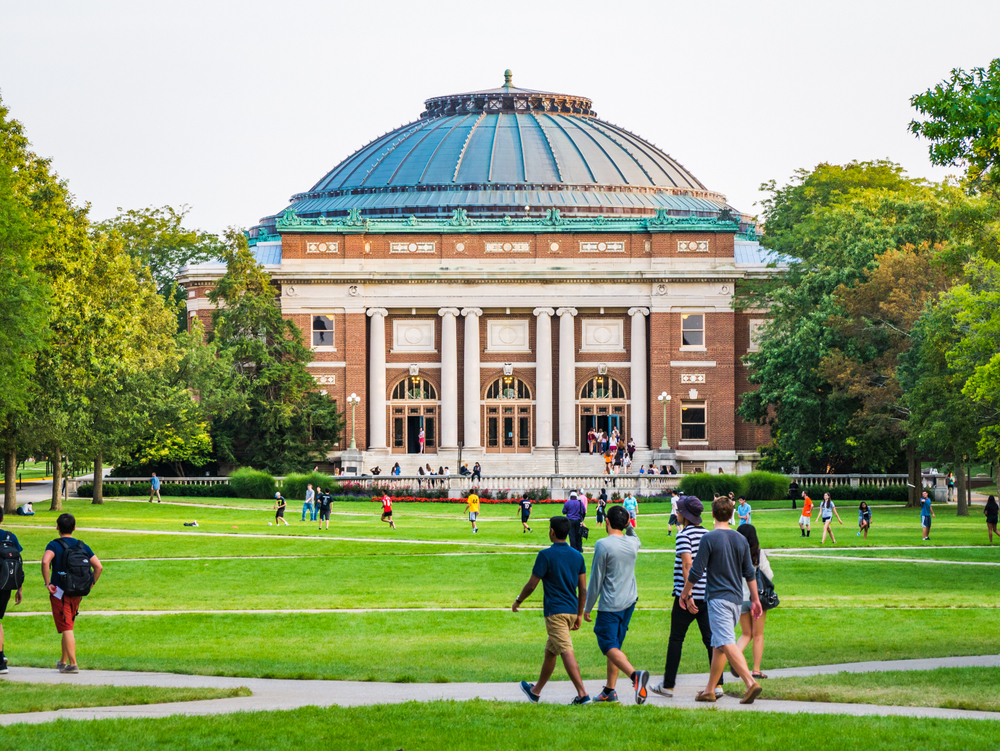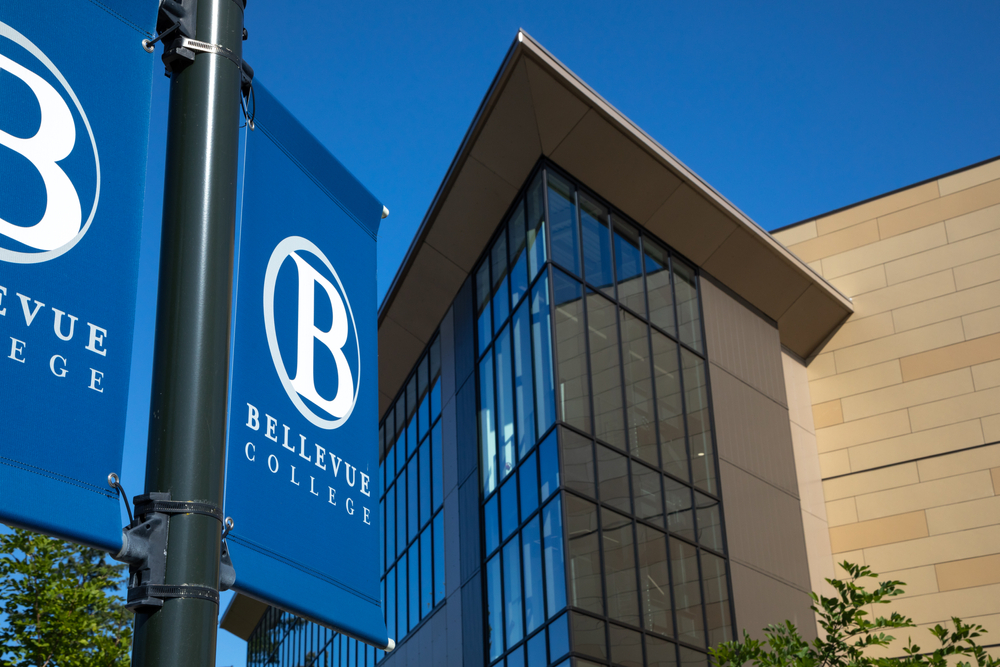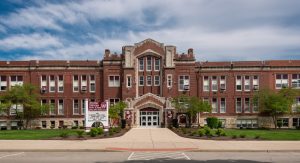People from nearly every country in the world come to the United States to attend one of its many prestigious colleges.
USNews ranks the United States number one in education globally and it dominates when it comes to tertiary education too, from Harvard to Stanford and a host of others.
However, why are colleges in the United States so expensive?
Several factors contribute to the high cost of college education in the United States. As a result of a rise in demand for higher education as well as a decrease in state support, the cost of administrators has skyrocketed and fees for student amenities have ballooned as a result.
Among the most expensive colleges include the California Institute of Technology, Boston University, New York University, and Columbia University.
Table of Contents
What is the average cost for college in the US?

The price of a college education is high. There was an average yearly cost of $27,330 for in-state public colleges and $55,800 for private colleges in the 2021–2022 academic period, according to the College Board.
But how many of the costliest universities in the United States fall into this category? Quite a few!
They have a yearly budget of about $80,000.
Are college prices out of control in the United States?
From 1980 to 2015, the cost of attending a public university has quadrupled.
Historically, college tuition has been less expensive for previous generations, as per CNBC. Private school tuition has increased by 129 percent since the 1980s, according to estimates from the College Board.
There was a 213 percent increase in the price of public schooling.
Comparatively, just a 67% increase has been seen in average wages since the 1970s. Business Insider acknowledges that the advantages of a college degree have diminished over the past decade but that they still they remain significant.
As said by CNBC, students leave with a median of $37,172 in student loan debt when they leave school.
All in all, 44 million Americans together are saddled with a total of $1.5 trillion in student loan debt.
Are the extreme costs for college unique to the United States?

It appears that the skyrocketing cost of higher education in the United States is an anomaly. According to an article in The Atlantic, the average annual cost of education for a student in the United States is around $30,000 per year.
According to The Atlantic, this is more than twice what students across the balance of the developed world pay per year.
It appears that this expenditure has not resulted in better academic or professional achievements.
Does the American demand for amenities contribute to the high cost of colleges?
Our desire for a luxurious college experience may play a role, according to certain studies. The convenience of on-campus housing at American universities is unmatched by any other country’s educational institutions.
Amenities like climbing walls and ultra-modern student centers indeed cost extra money on top of the tuition.
The Atlantic reports that American taxpayers foot the bill for these extra services for each student at a cost of more than $3,000 a year.
These costs are three times greater than the global average. The Atlantic points out that in the United States, students are more likely to live on campus.
More and more pupils in Canada, as well as Europe, are staying at home, according to a new survey.
In other words, the college experience in the States is quite different from what the rest of the world. College is not simply about getting an education; it’s meant to be a life-changing experience.
The costs of extensive on-campus living are unavoidable for this experience.
Is online education transforming the US college landscape?

Education online has indeed had a significant impact on the landscape, allowing students to earn an approved college degree without incurring the costs associated with living on campus.
If you don’t need the climbing wall or the campus center, there are a few more cost-effective solutions available for you.
How do administrative salaries impact college fees in the US?
However, the Atlantic cautions that facilities alone may not explain why our prices are so much higher in the United States.
Despite all these changes, we’re still spending more than our international counterparts.
That money is used for “normal educational activities, such as paying staff and faculty,” according to the statement.
Each year, students spend about $23,000 on these expenses. Spending on the same fundamentals is more than twice as much as in Germany, Sweden, and Finland, all of which have strong educational traditions.
However, keep in mind that since 1970, the pay for professors has barely changed.
How much have the salaries for college professors increased over the decades?
The salaries of full-time teachers are scarcely higher than they were in 1970, as per the New York Times.
It’s also worth noting that in 1970, about 78 percent of university and college lecturers were full-time, but currently that figure has dropped to 50%.

As a result, university and college faculty members’ average salaries are below what they earned back in the 1970s.
Are there too many administrative positions in US colleges?
Administrative roles at universities and colleges expanded by 60 percent from 1993 to 2009, according to Department of Education statistics, which Bloomberg claimed was ten times the level of increase in permanent faculty positions.
There has been a dramatic increase in the number of instructors in the California State school system, from 11,614 to 12,019.
The number of administrators jumped from 3,800 to 12,183 in a few months. That’s a rise of 221 percent.
These additional administrative staff members certainly contribute to the high cost of education in the US.
Is public demand a reason for high college costs in the US?
So, why do we need so many administrators? For starters, more kids are being accepted into schools.
By and large, societal pressure for college education keeps growing, despite some year-to-year trends suggesting a slowdown.
There were an estimated 20.4 million students enrolled in US colleges and universities in the fall of 2017, a 5.1 million increase from 2000.
Are the advantages of a college degree diminishing?

The advantages of a college education are indeed dwindling. Forty percent of students don’t complete high school within six years, according to Business Insider.
Despite the diminishing return on investment, college enrollment continues to be fueled by strong motivations.
According to CNBC, higher education is becoming more and more essential in today’s highly competitive workplace.
More than half of all employees will require at least a bachelor’s degree by 2020, according to Georgetown University research.
Is there increasing pressure for students to attend college?
As a result, despite the excessive cost of education, there is increasing pressure to attend. As a result, there is a higher level of rivalry for both students and colleges.
There has been a shift in the way colleges and universities are run.
This change of focus has resulted in a growing number of colleges that are simply run as companies.
Changes in attitudes and public demand have allowed the for-profit industry to enter the market with pricey diplomas that in several cases are of little value.
It has led to a rise in the average annual tuition across the board.
Does lower public funding impact college costs in the United States?

Ironically, federal and provincial governments aren’t doing more to support public higher education, even while college costs climb.
There has been a decline in government financing for even the best public institutions because of outside influences, such as the increasing influence of “small govt” ideology among several voting patterns and the increasing expense of healthcare.
As a result of the Great Recession, which began in 2008, many schools that relied on public funding were forced to close.
How has the States cut-back on school funding affected students in the US?
Furthermore, universities have in some cases shifted the financial burden onto their pupils, and they are doing so even now.
College rates may have been impacted by the fall in public funding. However, there is some argument as to how much.
Some argue that public funding for postsecondary learning increased by 390 percent from 1960 to 1980.
Meanwhile, others argue that recent cuts are more like an adjustment than a rejection of fundamental ideals.
Inevitably, today’s educational system is much bigger, more costly, and more inflated than it was in the past.
Universities and colleges have also adjusted their approach to the lack of governmental funds.
A cascade effect upon this higher education system may be seen, with the significance of commercial priorities being elevated as a matter of survival.

Competitive amenities, top-tier instructors, and other features are becoming increasingly crucial differentiators in a market where higher education has turned into a highly competitive business.
How much has public funding for colleges decreased in the US?
Business Insider reports that public disbursements from governmental organizations were 11 percent lower for each scholar in 2015–2016 than they had been a decade ago.
It’s not an overestimation to argue that the budgetary policies made by state legislatures are the main determinant of the amount that students will spend for their degree,” Business Insider states.
Some argue that these changes have not had a significant effect on student tuition, but it is clear that they have led to a rise in intuition.
Because of this, it is up to you, the pupil, to discover strategies to reduce your expenditures.

















